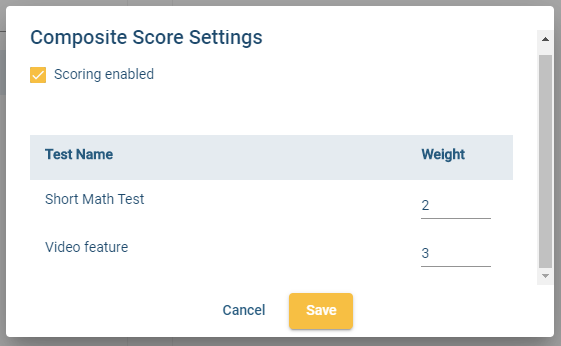
ASC’s Blog: Resources on Assessment, Psychometrics, & Edtech
ASC continually posts new resources and articles on our blog, covering industry news, scholarly conferences, and discussions of important psychometric concepts. See the most recent articles in the blog below.

Test validation: How to determine if a test score is supported?
Test validation is the process of verifying whether the specific requirements to test development stages are fulfilled or not, based…

Maximum Likelihood Estimation
Maximum Likelihood Estimation (MLE) is an approach to estimating parameters for a model. It is one of the core aspects…

Multidimensional Item Response Theory
Multidimensional item response theory (MIRT) has been developing from its Factor Analytic and unidimensional item response theory (IRT) roots. This…

The IRT Item Pseudo-guessing c Parameter
The item pseudo-guessing parameter is one of the three item parameters estimated under item response theory (IRT): discrimination a, difficulty…

The IRT Item Discrimination Parameter
The item discrimination parameter a is an index of item performance within the paradigm of item response theory (IRT). There…

Automated Item Generation
Automated item generation (AIG) is a paradigm for developing assessment items (test questions), utilizing principles of artificial intelligence and automation….

The IRT Item Difficulty Parameter
The item difficulty parameter from item response theory (IRT) is both a shape parameter of the item response function (IRF)…

The One Parameter Logistic Model
The One Parameter Logistic Model (OPLM or 1PL or IRT 1PL) is one of the three main dichotomous models in…

Borderline group method standard setting
The borderline group method of standard setting is one of the most common approaches to establishing a cutscore for an…

Ebel Method of Standard Setting
The Ebel method of standard setting is a psychometric approach to establish a cutscore for tests consisting of multiple-choice questions. It…

Item Parameter Drift
Item parameter drift (IPD) refers to the phenomenon in which the parameter values of a given test item change over…

Item Fit Analysis
Item fit analysis is a type of model-data fit evaluation that is specific to the performance of test items. It…

Distractor Analysis for Test Items
Distractor analysis refers to the process of evaluating the performance of incorrect answers vs the correct answer for multiple choice…

Educational Assessment of Mathematics
Educational assessment of Mathematics achievement is a critical aspect of most educational ministries and programs across the world. One might…

What is multi-modal test delivery?
Multi-modal test delivery refers to an exam that is capable of being delivered in several different ways, or of a…

Confidence Interval for Test Scores
A confidence interval for test scores is a common way to interpret the results of a test by phrasing it…

Composite Test Score
A composite test score refers to a test score that is combined from the scores of multiple tests, that is,…

Inter-Rater Reliability vs Agreement
Inter-rater reliability and inter-rater agreement are important concepts in certain psychometric situations. For many assessments, there is never any encounter…
